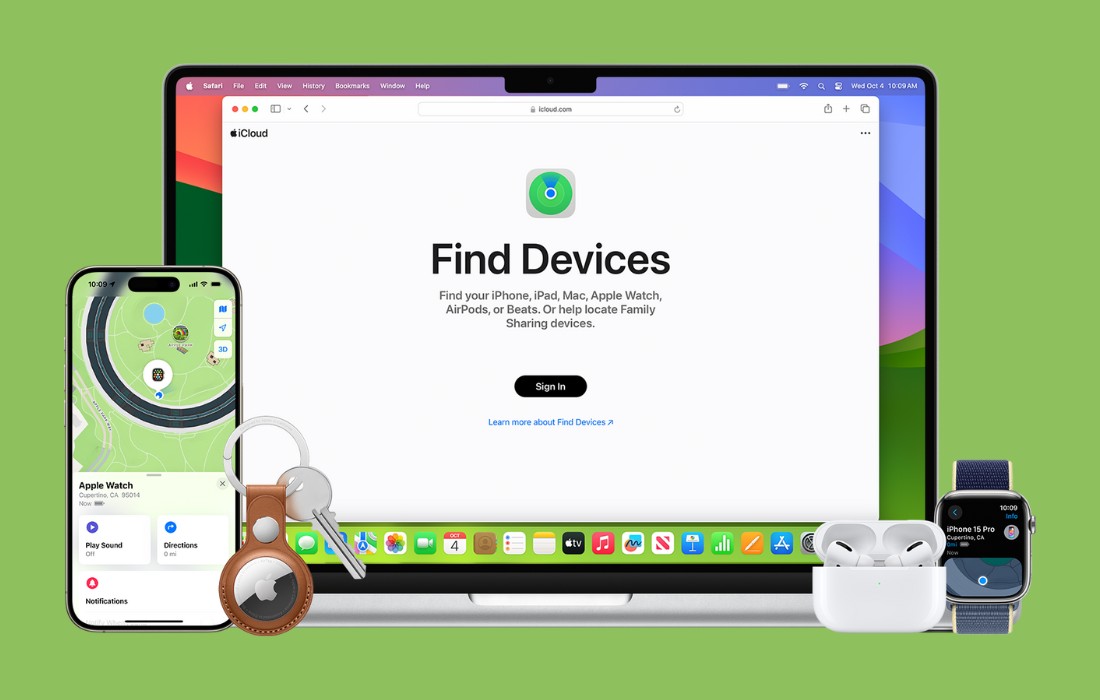The iPhone has gained immense popularity for its exceptional audio quality and advanced features. However, users occasionally encounter situations where the volume seems to be too low despite being set to its highest level. This can be an inconvenience, especially when you rely on your iPhone for entertainment or communication purposes. Let’s delve into some common causes and troubleshooting steps to restore your iPhone’s volume to its full potential.
Understanding the Issue with Low Volume on iPhone
Before diving into the solutions, it’s essential to understand why your iPhone may be experiencing low volume issues. There can be various factors contributing to this problem, including hardware issues, software glitches, and specific settings on your device. By identifying the underlying cause, you can determine the most appropriate solution to resolve the issue.
Common Causes of Low Volume on iPhone
Check some commoon cuases for low volume issues on iPhone:
Hardware Issues
One of the primary reasons for low volume on an iPhone could be hardware-related problems. Issues with the speaker, audio jack, or even the microphone can affect the audio output, resulting in reduced volume levels.
Physical damage or blockages in these components can interfere with sound transmission and significantly impact the overall volume.
Software Glitches
Software glitches can occur on any electronic device, and iPhones are no exception. Sometimes, a temporary software bug or a conflict between different applications can cause your iPhone’s volume to become unexpectedly low. These glitches can often be resolved through software updates or simple troubleshooting steps.
Settings and Volume Limitations
Your iPhone’s settings play a crucial role in determining the audio output. There are specific settings related to volume limitations and sound equalization that may be impacting the maximum volume level.
These settings are designed to protect your hearing and ensure a balanced audio experience but may unintentionally restrict the volume output.
Steps to Fix Low Volume on iPhone
After identifying some potential reasons, let’s look at some troubleshooting techniques you can use to fix your iPhone’s low volume problem. These steps are simple to follow and have been effective for many users facing similar problems.
Check Volume Level and Speaker Placement
Begin by ensuring that the volume level on your iPhone is set to the maximum. Sometimes, the volume might accidentally be turned down or set to a lower level, causing the perception of low volume.
Also, check if your hand or any object is blocking the speaker, as this can hinder the sound output.
Clean the Speaker and Headphone Jack
Dirt, dust, or debris accumulation can affect the audio quality and volume on your iPhone. Gently clean the speaker and the headphone jack using a soft, lint-free cloth or a brush. Be cautious not to insert anything sharp or abrasive that could damage the components.
Restart and Update iPhone Software
Restarting your iPhone can help resolve temporary software glitches that might be affecting the volume. Simply press and hold the power button until the slider appears, then slide it to power off.
Wait for a few seconds and turn your iPhone back on. Additionally, make sure your iPhone’s software is up to date by going to Settings > General > Software Update.
Reset All Settings
If the issue persists, you can try resetting all settings on your iPhone. This won’t delete your data, but it will revert all settings to their default values.
To do this, navigate to Settings > General > Reset > Reset All Settings. Keep in mind that you’ll need to reconfigure your personalized settings after the reset.
Check for Software Updates
Apple regularly releases software updates that address various issues, including audio-related problems. Check for any available updates by going to Settings > General > Software Update.
If an update is available, follow the on-screen instructions to download and install it on your device.
Restore iPhone to Factory Settings
If none of the previous steps have resolved the low volume problem, you can try restoring your iPhone to its factory settings. This erases all data and settings on your device, so make sure to back up your important data beforehand.
To initiate a factory reset, go to Settings > General > Reset > Erase All Content and Settings. Follow the prompts to complete the process.
Additional Tips to Improve iPhone Volume
While troubleshooting steps can often resolve the low volume issue, there are also some additional tips you can consider to enhance the volume output on your iPhone.
Use Headphones or External Speakers
If you frequently encounter low volume on your iPhone, using headphones or external speakers can significantly amplify the audio output. High-quality headphones or speakers can provide a richer and louder audio experience, especially when watching movies or listening to music.
Adjust Sound Settings for Calls and Media
Your iPhone offers specific sound settings for calls and media. To access these settings, go to Settings > Sounds & Haptics. Adjust the slider for “Ringer and Alerts” to the maximum volume.
Additionally, under “Audio/Visual,” you can enable “Change with Buttons” to ensure that the volume buttons on your iPhone directly control the media volume.
Disable Bluetooth and Do Not Disturb Mode
Sometimes, Bluetooth connectivity or the Do Not Disturb mode can interfere with the audio output on your iPhone. Disable Bluetooth by swiping up from the bottom of the screen to access the Control Center and tapping on the Bluetooth icon.
Similarly, disable Do Not Disturb mode by going to Settings > Do Not Disturb and toggling it off.
Enable the Volume Limit
Your iPhone has a built-in volume limit feature designed to protect your hearing. However, if you’re experiencing low volume, you can check if the volume limit is enabled and adjust it accordingly.
Go to Settings > Music > Volume Limit and ensure that it is set to the maximum level.
When to Seek Professional Help
If you have tried all the troubleshooting steps and tips mentioned above and your iPhone’s volume is still low, it might be time to seek professional assistance. Contact Apple Support or visit an authorized Apple service provider to have your device examined by experts. They can diagnose any hardware issues that may be causing the low volume problem and provide appropriate solutions or repairs.
It’s important to note that attempting to fix hardware issues on your own can potentially damage your device further. Therefore, it’s best to rely on professionals who have the knowledge and expertise to handle such repairs.
Conclusion
Experiencing low volume on your iPhone can be frustrating, but there are various steps you can take to address the issue. Start by checking the volume level, cleaning the speaker and headphone jack, and restarting your device. If the problem persists, try resetting settings, checking for software updates, or restoring your iPhone to factory settings.
Additionally, consider using headphones or external speakers, adjusting sound settings, and disabling Bluetooth or Do Not Disturb mode. If all else fails, seek professional help to diagnose and resolve any underlying hardware issues.
By following these steps and tips, you can improve the volume output on your iPhone and enjoy a better audio experience.













